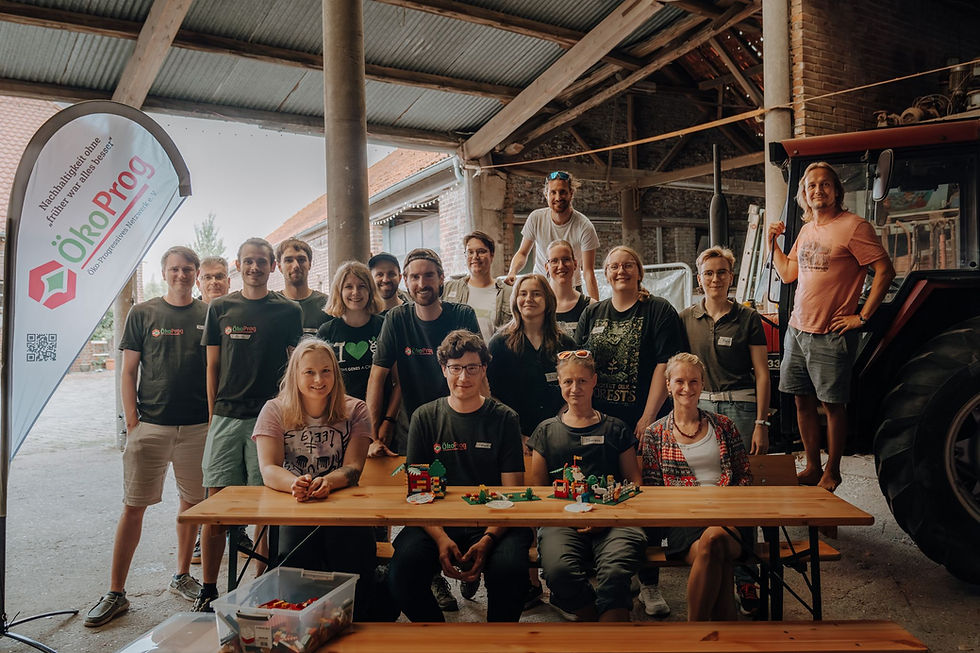Students Discover Biodiversity Benefits
- Taskscape Associates
- May 12
- 2 min read
Updated: Jul 4
A Mini-BioBlitz in Andalucia demonstrates project impacts...
Fifty students from IES Vicente Núñez secondary school in Aguilar de la Frontera, Spain, recently participated in a hands-on biodiversity assessment that vividly demonstrated the positive impacts of sustainable farming practices on local ecosystems. This may 8th MicroBioBlitz, organised as part of the FRAMEwork project, provided young people with direct evidence of how vegetative cover management in olive groves can significantly boost biodiversity.

The field activity was coordinated by Cazadores de Aguilar Farmer Cluster facilitator Gonzalo Varas (Fundación Artemisan) in collaboration with the Aguilar Hunting Society and the Andalusian Hunting Federation. It took students to two very contrasting sites. Students first explored an olive grove managed with traditional intensive practices, where vegetative cover had been eliminated from the entire surface except for small patches beneath the olive trees. Working in seven groups, the students identified up to 21 species in this area.
The second stop brought students to the southern part of Finca El Madroño, where vegetative cover is maintained between tree rows. Some of this vegetation occurs naturally, while other areas benefit from seed bank enhancement carried out early in the FRAMEwork project. Here, the difference was striking, with student groups identifying up to 55 species.
To conduct their species inventory, students used modern citizen science tools, empoying the ObsIdentify app for species identification and contributing their findings to iNaturalist, the global biodiversity mapping platform. This approach not only documents local biodiversity but also helps provide valuable data to international conservation efforts.

Prior to the field work, students attended a preparatory presentation by Artemisan on April 23rd where nearly 60 participants learned about the FRAMEwork project and its objectives. A follow-up session is now planned to analyse the results and discuss the observed differences between intensive agriculture and biodiversity-friendly farming practices. The clear difference in species counts observed between the two management systems, with the FRAMEwork site supporting up to 2.6 times more species, seems to provide compelling evidence for the project's approach.
This was a fantastic opportunity to illustrate biodiversity improvements through sustainable land management, engage the next generation in hands-on conservation science and demonstrate the practical application of citizen science in biodiversity monitoring. This is especially important in Andalucia, where biodiversity decline is interlinked with soil desertification, reservoir siltation and flash flooding, which are all worsened by intensive farming practices. You can watch the Cluster's video to learn more. Please explore this site and Recodo's 'Farmer Cluster Stories' to learn about similar student visits across project areas.
The BioBlitz demonstrates how citizen science can be an effective tool for both biodiversity monitoring and environmental education. By involving local students in documenting the tangible benefits of sustainable farming practices, the FRAMEwork project is not only seeking to gather valuable data but hopefully fostering a new generation of conservation-minded citizens who understand the critical link between farming practices, local ecosystems and biodiversity.
Explore observations from the day and other project areas on iNaturalist and visit Recodo find out more about the Farmer Cluster's work in the region.



